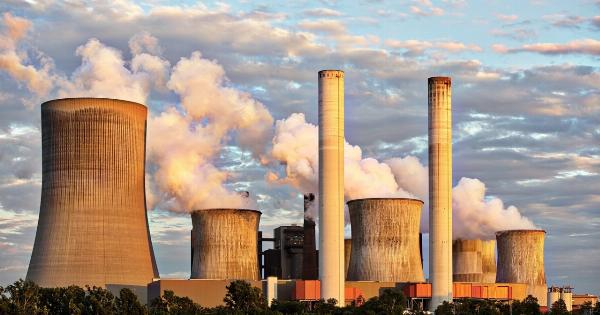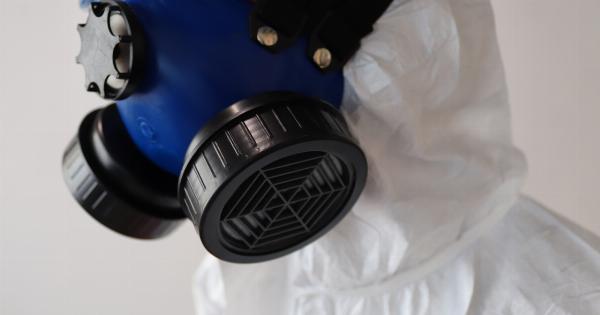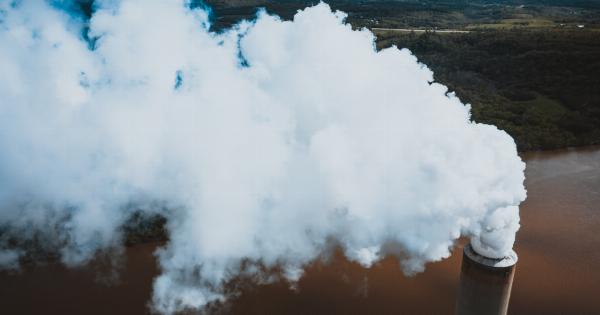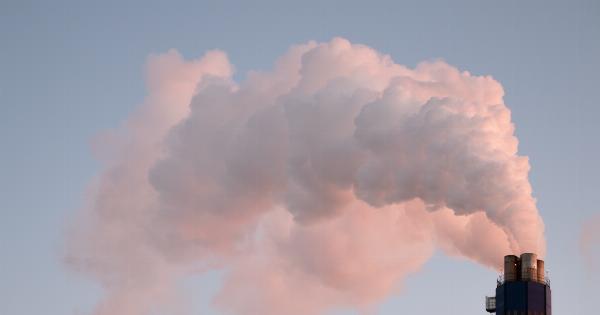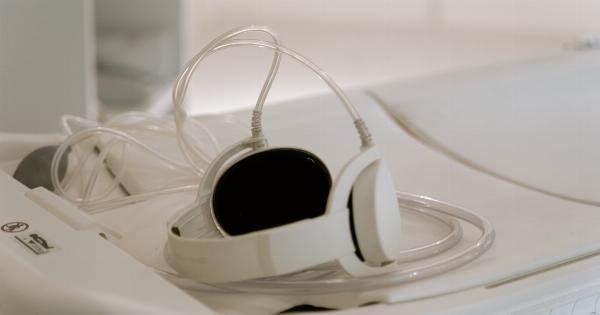Introduction:.
Pollution is a significant concern in today’s world, with various detrimental effects on human health. Among the population vulnerable to its adverse consequences, pregnant women hold a crucial place.
The exposure to pollutants during pregnancy can lead to numerous complications, including hypertension. Hypertensive disorders pose a significant risk to both the expectant mother and the developing fetus. This article explores the link between pollution and hypertension in pregnant women and sheds light on the potential consequences.
The Effects of Pollution on Pregnancy
Pregnant women are particularly susceptible to the various forms of pollution that surround us, including air pollution, water pollution, and exposure to hazardous chemicals.
These pollutants have the potential to disrupt the delicate balance necessary for a healthy pregnancy.
Air Pollution and Hypertension in Pregnant Women
Air pollution is one of the leading forms of pollution that can have detrimental effects on pregnant women.
Research has shown a clear association between exposure to air pollutants and an increased risk of developing hypertension during pregnancy.
Water Pollution and Hypertension in Pregnant Women
Water pollution is another significant concern for pregnant women. Contaminated water sources can expose expectant mothers to various harmful substances, putting them at risk of developing hypertension.
Chemical Exposure and Hypertension in Pregnant Women
Exposure to hazardous chemicals during pregnancy can also contribute to the development of hypertension.
Many industrial chemicals and household products contain substances that, when inhaled or absorbed, can disrupt the delicate hormonal balance and increase the risk of hypertension in pregnant women.
Consequences of Hypertension During Pregnancy
Hypertension during pregnancy can have severe consequences for both the mother and the baby.
It increases the risk of developing preeclampsia, a condition characterized by high blood pressure and damage to organs such as the kidneys and liver. Preeclampsia can lead to preterm birth, low birth weight, and other complications that may have long-term effects on the child’s health.
Prevention and Mitigation of Pollution-Related Hypertension
Preventing and mitigating the effects of pollution on hypertension in pregnant women requires a multi-faceted approach. Some measures that can be taken include:.
1. Ensuring access to clean air through the implementation of air quality regulations and reduction of industrial emissions. 2. Promoting the use of clean and safe drinking water sources to prevent water pollution-related hypertension. 3. Educating pregnant women about the potential risks of exposure to hazardous chemicals and encouraging the use of natural and organic alternatives. 4. Regular monitoring of pregnant women’s blood pressure and early detection of hypertension to allow for timely intervention and management.Conclusion
Pollution poses a significant threat to the health of pregnant women, with a particular focus on the development of hypertension.
The link between pollution and hypertension during pregnancy is evident, and it is crucial to take proactive measures to prevent and mitigate these adverse effects. By addressing pollution sources, promoting awareness, and ensuring regular monitoring, we can strive for healthier pregnancies and better maternal and fetal outcomes.





